Consider this column an exercise in fevered dream generalities. Sort of a hybrid train of consciousness somewhere between James Joyce and Salvador Dali. I would simply like to attempt to express a feeling of unease. It is more the growing weight of a persistent impression of an impending calamity. Since I can’t seem to shake it, I’ll graciously share with the hard-core readers of this column in the hope that I may again unload some of the burden on my friends. Specifically, those who refuse to give up this quest.
It seems we initially embarked on our journey with a clear vision of our destination; replace a visible retirement planning deficit (even if a little far over the event horizon) directly attacking a known, measurable risk clearly subject to amelioration with insurance. We took familiar well-known legacy vehicles of both the individual and group variety, adapted them to our perceived needs, and then somewhat innocently turned them out unprotected without adequate contingency plans into a basically virgin market. No one would deny that we may have missed the mark completely or that perhaps our audience was simply unprepared for our performance. The risk was bigger than anticipated which set the stage for brutal and onerous underwriting thresholds. Consumer resistance to understand the pending inevitable financial and emotional conflagration was much stronger than ever imagined and the cosmic irony that, when they did buy, it became the most loved and treasured insurance possession of all time. It was in its truest sense a case of the blind leading the blind.
The problem was baked in at the beginning and we have traveled down the same road for so long it seems impossible to turn around or back up. Every research project over the last twenty years aimed at understanding our consumers and product response in my humble opinion has simply chosen to begin its analysis at the point of sale or a public admission of perceived buying predispositions. Our universe is composed of matter that we can see and dark matter that we cannot. Nonetheless it is the background forces that impose the greatest motivational gravity behind all movement.
This is about control. Money may only provide a tape measure to best define identifiable parameters. It has little to do with who or what brought out a need to measure anything. It’s about control of the claim. It’s about basic personal human control. Control of location, quality, preference, maintenance, duration, transition. Will I or someone I love be making those most crucial decisions or not? It is specifically those who have witnessed personally or close at hand the loss of those decisions that have from the beginning provided any of us with successful sales histories.
What I am trying to suggest is that maybe we built this sale on the wrong foundation. Humor me for a moment that we have not adequately prioritized the value of “control of claim” issues or that my 25 years trying to get this right continue to point me in the same direction. If by some strange twist of fate I am right, the question should become who is best prepared to manage the administration of benefits. On the open market freedom side of the equation we have less than a handful of large companies or stand-alone TPAs. On the government controlled side we now have MLTSS, a state run Federal authorized program of Managed Long Term Services and Supports. These are “capitated” and regulated administrators of Medicaid both disabled and special needs. In addition, as home services expand under Medicare and its derivatives there has been substantial recent growth in dual eligible. Bottom line is these folks do anything and everything associated with long term care administration. In 2008 there were four states with an in-house claim manager; now there are 24. If you were to take a closer look at the relationship between existing/proposed Washington State Cares funding strategies and the existing expertise of these already in place in state and Federal long term care management bureaucracy you might pick up on some of the concerns building in the back of what is left of my mind. Capitated means finite and permanent control. Not yours. Theirs.
“Paranoia strikes deep…into your life it will creep.” The immortal lyrics of Buffalo Springfield inexplicably do come to mind.
Other than that I have no opinion on the subject.

















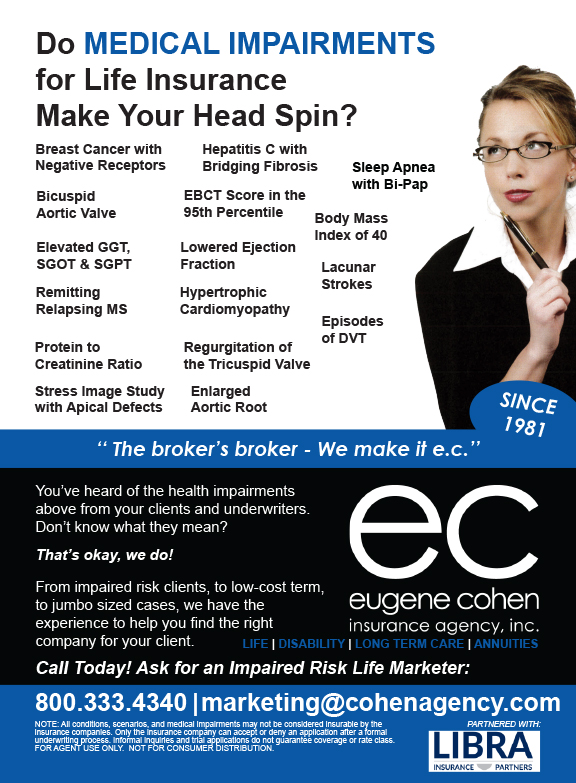

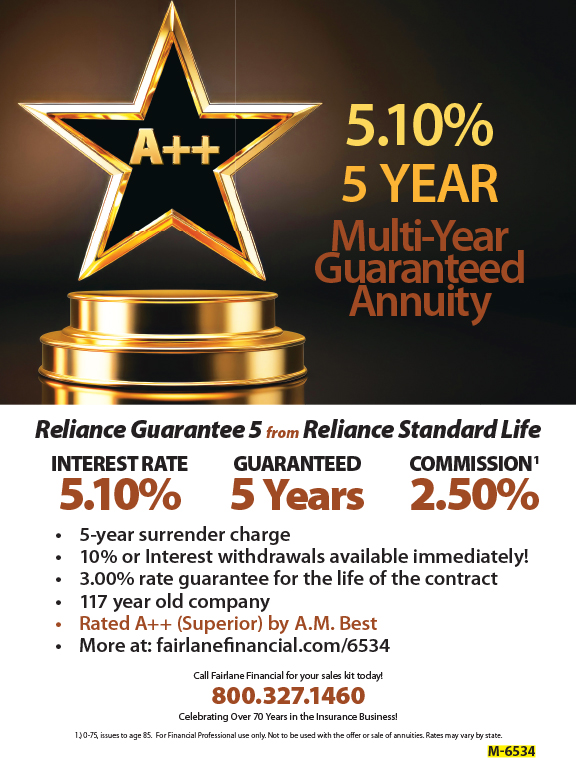
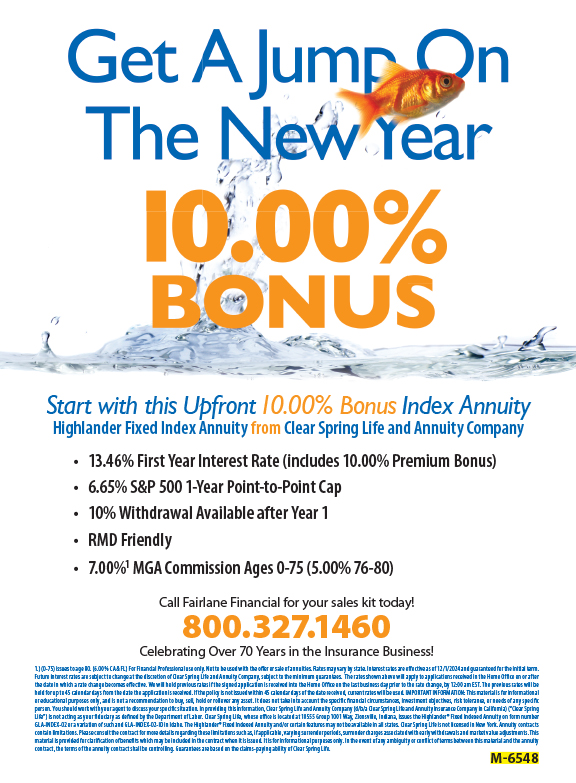




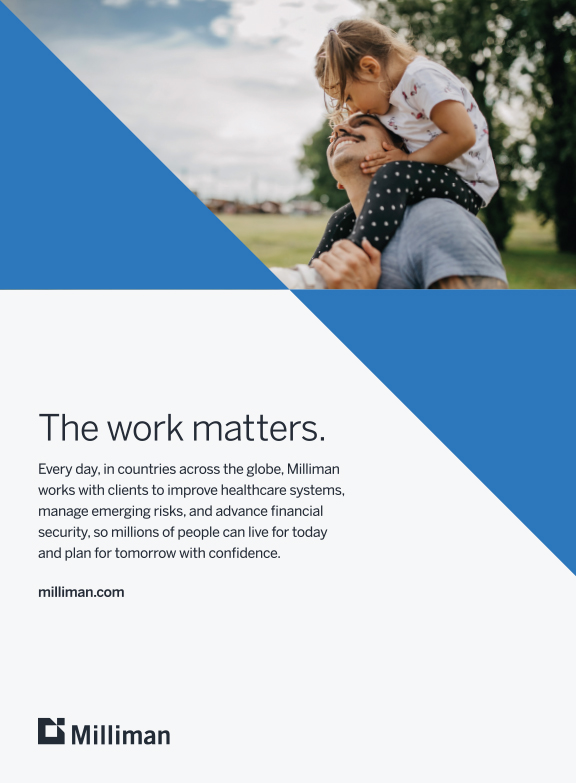

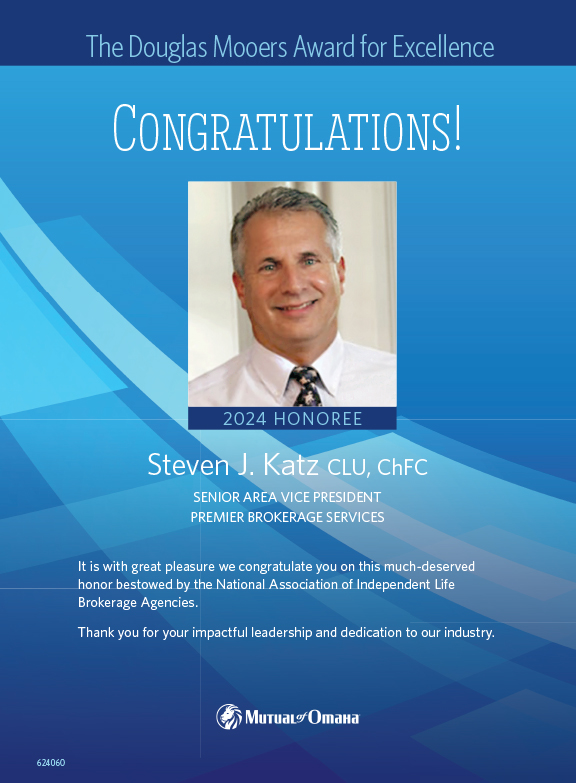





Vague Generalities
Begin by imagining the soulful cords of The Streets of Laredo performed by Marty Robbins or Pete Seegar. It’s not exactly a dirge, merely an acknowledgement of a tragic passing too soon. Cliches and glittering generalities describing the status of the continuing battle to give meaning to the necessity and preference of personal control of our own claims destiny is dominated by a chorus of time worn platitudes.
Instead let’s begin by meticulously avoiding America’s most overused buzzword “transparency.” Even though I might humbly suggest the past ills and future promise of significantly supporting and improving acute, sub-acute and custodial care is now in the hands of those with the most experience in managing the quality of care, I am only a salesperson. I do not need to know the frequency, duration or efficaciousness of care administration whether public or private. What I do need to know is that there is absolutely nothing more important than the quality of that claim management.
What I must begin with is the sure and certain knowledge that someone will pay this claim. I know that the balance between private and public sources of paying these claims is becoming more equitable. I know that over 250 million Chinese are already over the age 65. I know that the struggle to leverage a known and measurable risk globally will eventually dominate internal and international political and cultural environments. I know that more folks are passing than being born. I know that we now have substantial and definitive claims experience yet the battle to liberate discretionary funds to blunt that risk remains as elusive as ever.
I know that 20 years ago twice as many consumers actually bought a policy as we are reporting today. I know that combo sales are 20 percent of all life sales but the majority of those did not require a current additional premium. We are doing a better job shifting the risk and yet fewer professional advisors than ever are intentionally focusing their attention on some approach to chronic illness risk mitigation.
I know we continue to chase the wrong industry old wives tales. The romantic and strongly held belief that moving as many claims as possible back into the home will save money is the most popular reflection of erroneous conclusions yet it continues to act as a backdrop for public and private care decisions. There is little evidence that the actual hard dollar cost will be impacted. What I also know is that it doesn’t really matter to me at all.
What I must hold onto is the sole purpose of the exercise. What can I do to help assure the best quality of the care that my customers, friends and loved ones do receive? What I cannot forget is that this problem will not take care of itself. What I must remember is that for rationalizations or denials beyond my control, I may only be able to shift a portion of this risk burden. However, anything I can do to improve the quality and decision making control concerning the efficiency of delivery and the opportunity for personal choice is a job well done.
Interestingly there is a growing hope for our cowboy “All dressed in white linen.” In truth a new Sheriff has slipped into town. Ove 500 Medicare Advantage plans now include some initial long term care managed components from home modification to respite care. This consumer driven predisposition to acknowledge the potential claim provides fertile ground to expand the sale for added protection.
Other than that I have no opinion on the subject.